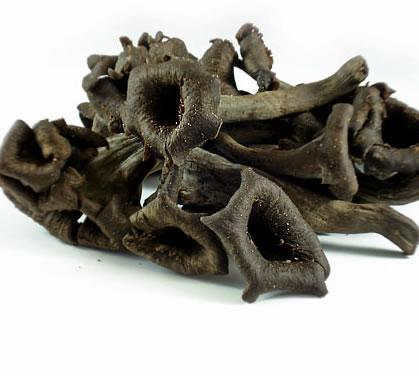September’s harvest is the time to start freezing those excess foraged blackberries, along with the bramleys apples, great for use in those wintry fruit pies.
Baby Globe Artichokes
The artichoke isn’t a food to choose when you need a fast food fix. It’s a slow food to linger over. Patience shown in preparation and eating is ultimately rewarded by the subtly flavoured leaves and the mouthwatering artichoke heart. You can serve artichoke as a dish in its own right, with a bowl of vinaigrette or lemon butter for dipping. We prefer to use it as an ingredient, adding something special to a salad, pasta sauce or pizza topping.
Artichokes aren’t grown extensively in this country, so if you can’t find any UK-grown examples go for fresh-looking French imports
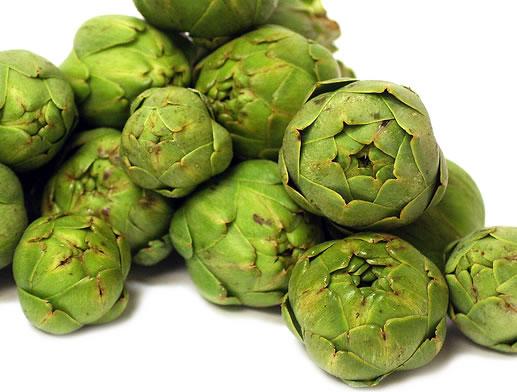
Beetroot
Beetroot usually deep purple roots of beetroot are eaten either boiled, roasted or raw, either alone or combined with any salad vegetable. A large proportion of the commercial production is processed into boiled and sterilised beets or into pickles. In Eastern Europe, beet soup, such as borscht, is a popular dish
Candy Beetroot
Candy beetroot is an eye-catching garnish and is a fantastic addition to any salad. Beautiful served whole or cut diagonally through the middle to show off those mysterious pink and white rings.
Golden Beetroot
Golden beetroot has a more subtle flavour than normal purple beetroot, and is a great garnish with its vibrant golden shine. Popular in the 19th century, and is now becoming another great ingredient.
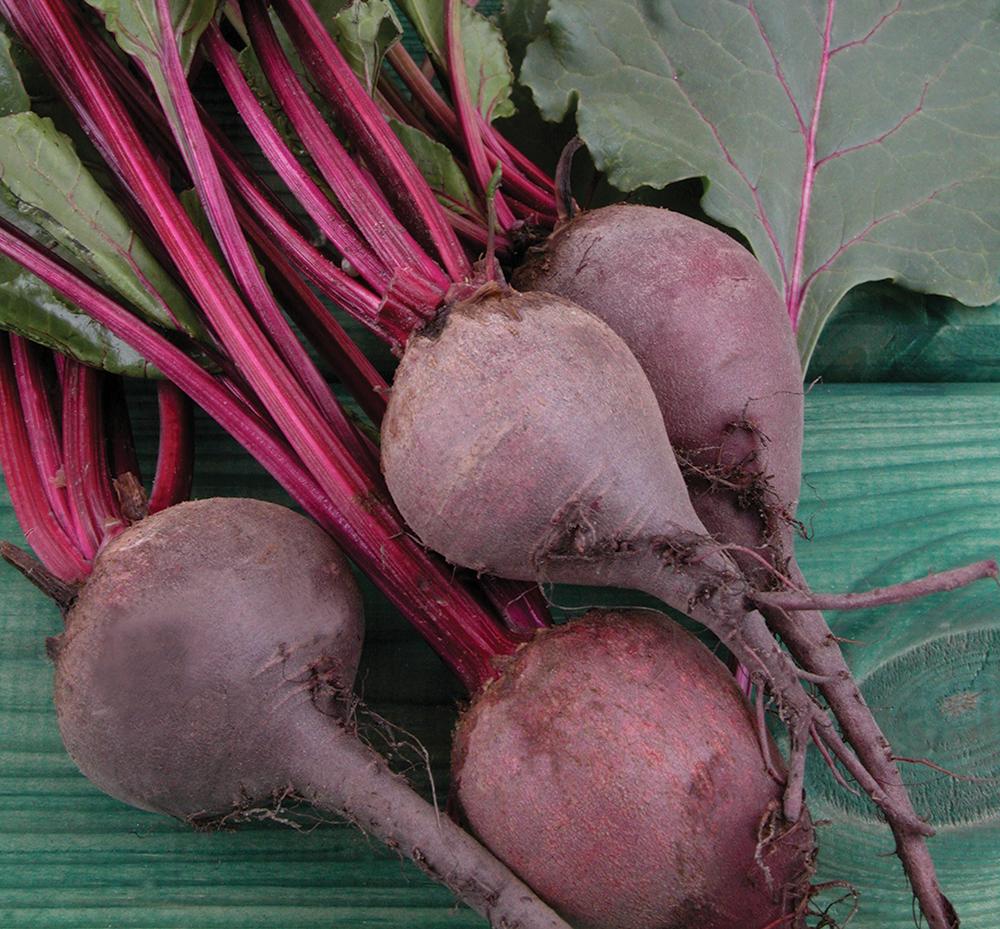
Blackberries
The blackberry season spans the end of summer and the beginning of autumn and their usage can be adapted accordingly. During August we like to enjoy blackberries served simply with a little sugar and a lot of cream. They’re also great muddled into a cold martini on a balmy evening. Later, we inure ourselves to the onset of autumn with deliciously comforting hot pies and puddings made by combining blackberries with the first apples of the season, to devastating effect.

Butternut Squash
This winter squash has a sweet nutty taste similar to that of a pumpkin. It has a dense thick yellow skin and a dense orange flesh. Cracking roasted with cumin seeds.
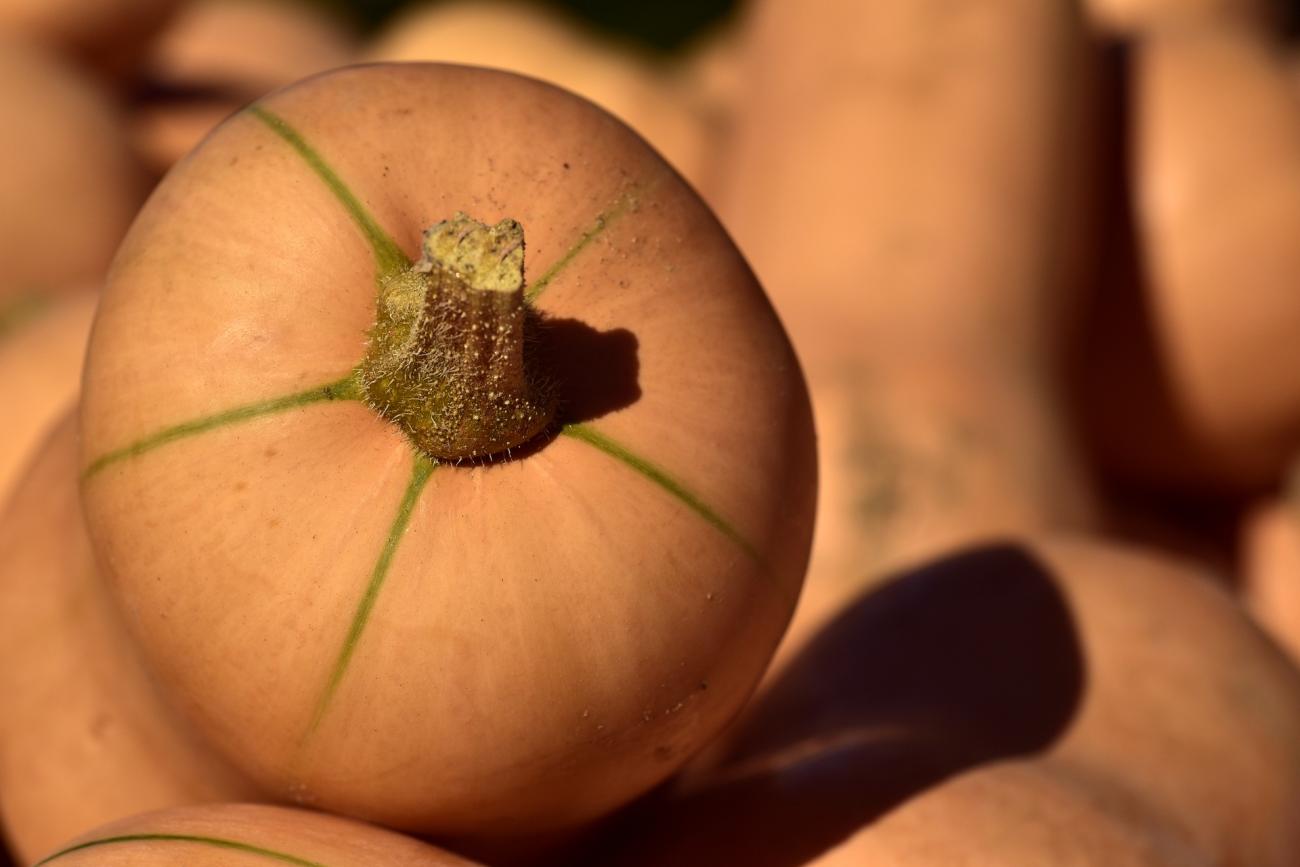
Cep
Porcini mushrooms, also known as ceps, are the king of all mushrooms and are now starting to make an appearance as we head into autumn. They are meaty, rich and very versatile. They work best cut up in slices and pan fried in olive oil and butter. Finish with a chiffonade of parsley and a touch of Rapeseed truffle oil.
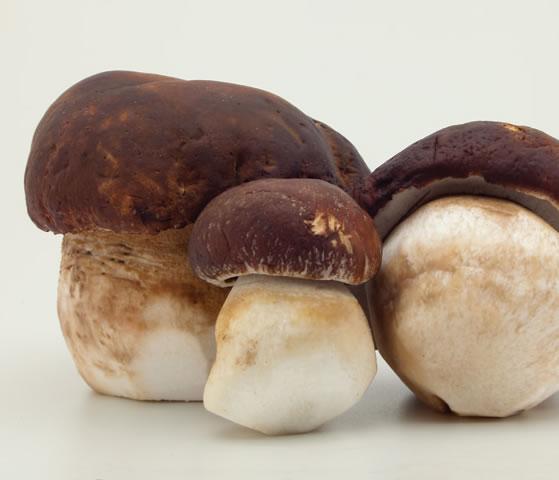
Corn on the cob
For us, a just-boiled corn on the cob, speckled with freshly milled black pepper and rolled in melted butter is simply one of the greatest eating experiences available. Tinned or frozen sweetcorn can be tasty enough, but it doesn’t compare to corn eaten straight from the cob, slathered with butter, when the crisp and succulent kernels explode with flavour in the mouth.
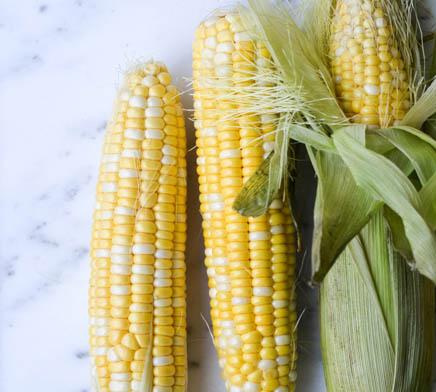
Courgettes – Green & Yellow
The courgette is a variety of cucurtbit, which means it’s from the same family as cucumber, squash and melon. It is the most popular vegetable of the squash family, being extremely versatile, tender and easy to cook. Just don’t boil them! They have a deep green skin with firm pale flesh and are also known as zucchini.
They can be sliced thinly and eaten raw, cooked on a griddle, in a stir fry, or fried in a light batter as chips, grated and added to a quiche, or dressed up in a creamy lemon sauce and served with pasta, Recipes for courgettes come in as many shapes and sizes as the vegetable itself: varieties of this summer vegetable can range from small and flying-saucer shaped, to dark-green and tennis ball-sized, to long and yellow.
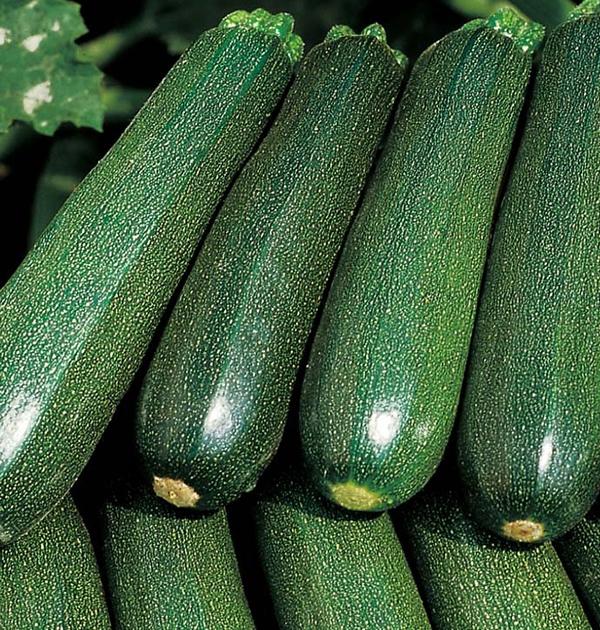
Damson
The main characteristic of the damson is its distinctive rich flavour; unlike other plums it is both high in sugars and highly astringent. The fruit of the damson can also be identified by its shape, which is usually ovoid and slightly pointed at one end, or pyriform; its smooth-textured yellow-green flesh; and its skin, which ranges from dark blue to indigo to near-black depending on the variety.
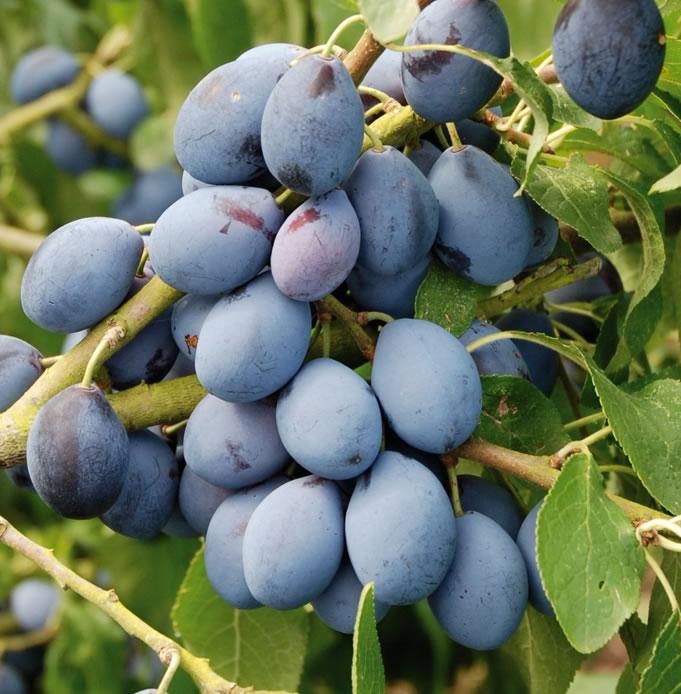
Fennel
Like Marmite, fennel is something that you either love or hate – its strong aniseed flavour leaves no room for the middle ground. From the same family as the herb and seed of the same name, it’s also known as Florence fennel or sweet fennel and is very popular in Italian cookery, and has a bulb-like shape that looks a little like a heavy-bottomed celery.
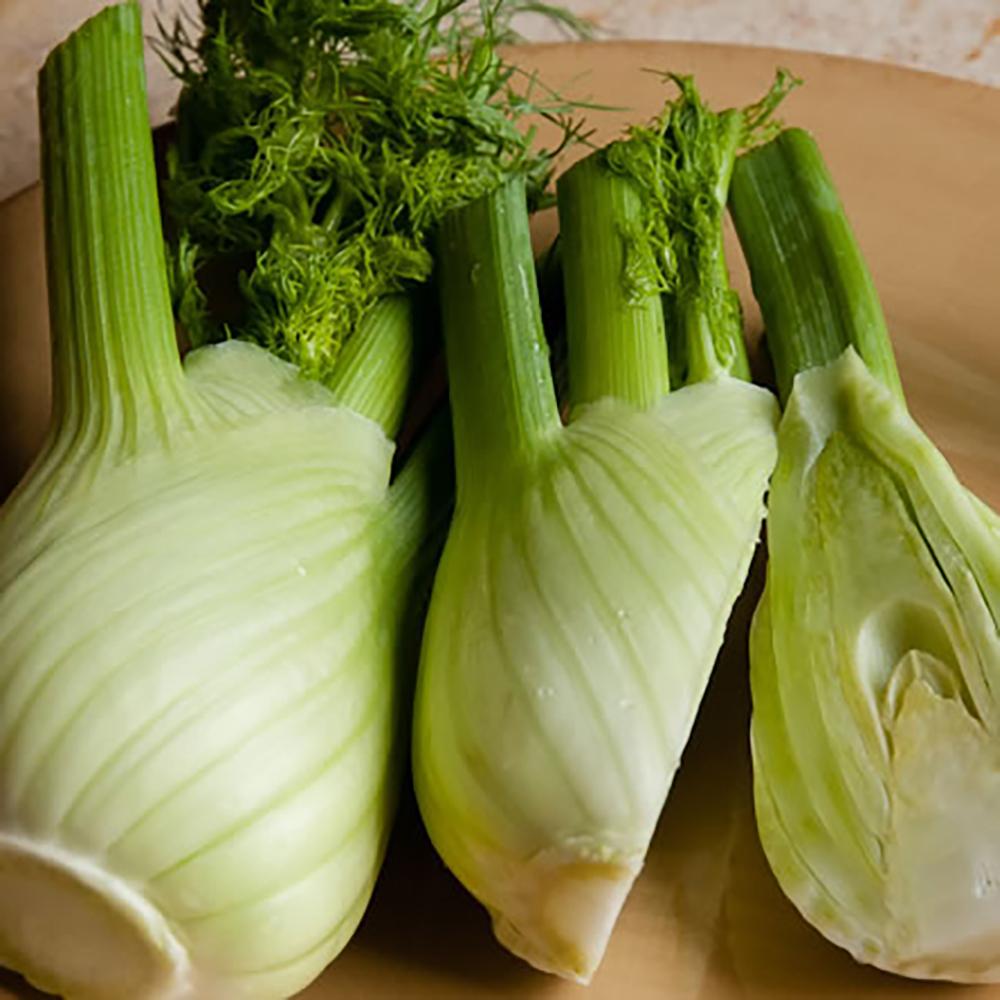
Girolle
These have a deliciously nutty and peppery flavour that works well in risottos, sauces or even a chicken and mushroom pie. Perfect paired with similarly rich flavours such as pheasant, chestnuts and bone marrow.
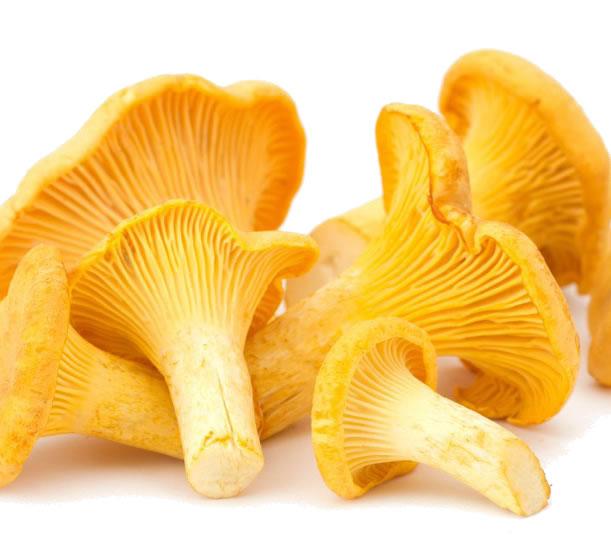
Greengages
As they have a soft, delicate, aromatic flesh, greengages are best appreciated raw. If cooking with greengages, crème fraîche or Greek-style yoghurt will enhance their natural sweetness in fools, bavarois, mousses and ice creams.
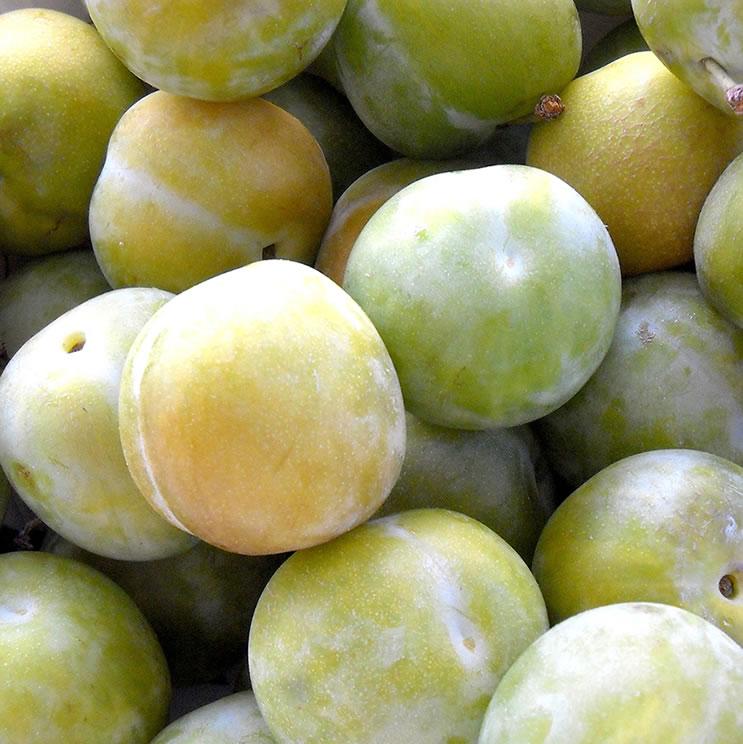
Leeks
Leeks are very versatile and work well cooked in various recipes or as a side dish. Like creamed leeks, rich double cream salt and pepper.

Orange Flesh Pumpkin
From pumpkin soup to pumpkin pie, enjoy our favourite recipes for this king of the vegetable patch. Stir meltingly sweet cubes of fried pumpkin into risottos or curries, offsetting the sweetness with fragrant herbs such as sage or thyme, or warming spices such as ginger. Or, if you prefer, these pumpkins are perfect for carving for Halloween.
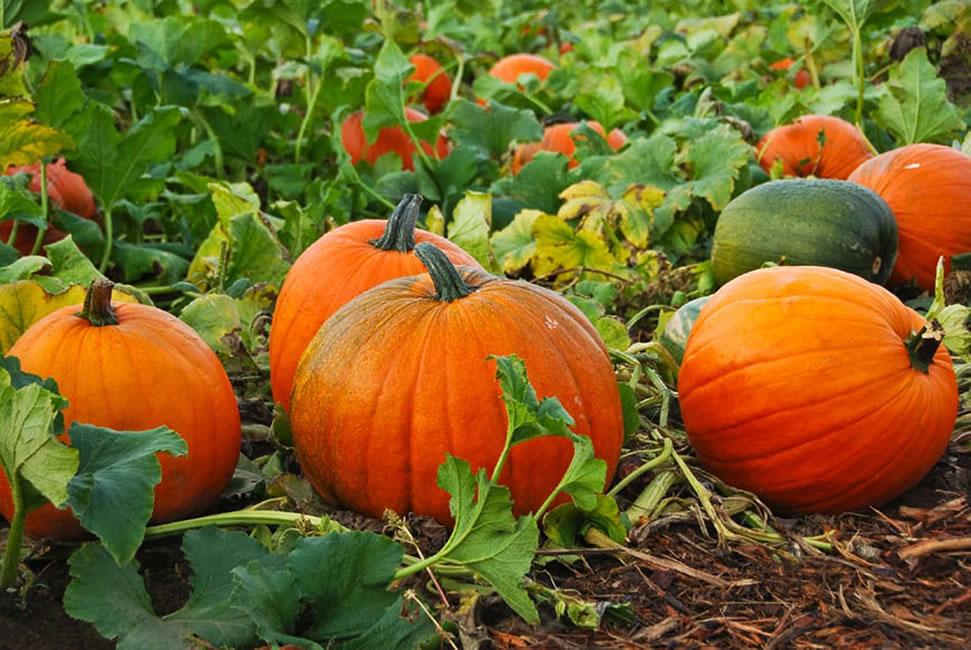
Quince
Quince belongs to the same family as apples and pears; its shape is similar to a pear, but larger. It has lumpy yellow skin and hard flesh that is quite bitter so shouldn’t be eaten raw. When fully ripe, the quince has a wonderful perfume. Quince paste or ‘membrillo’ is a popular accompaniment to cheese in Spain.
One of the more anticipated autumn fruits, this is now ready for supply as it has turned from green to a better yellow colour. It is a versatile fruit with a flavour that can accompany many different dishes. Ideal for making jelly and grated over apple (before baking) for a twist on tarte tatin or the humble crumble.
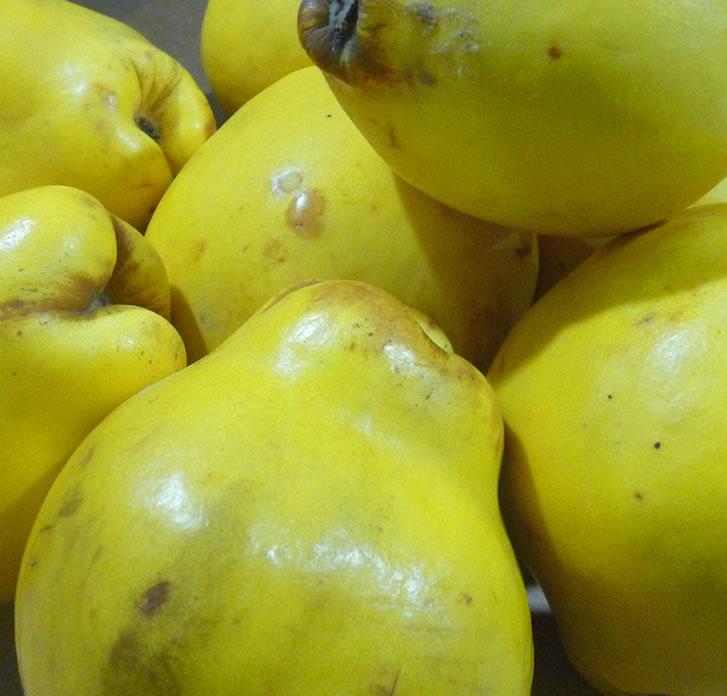
Runner Beans
Fresh, young runner beans are a gem amongst the many wonderful vegetables available during the British summer. At their best they are at once tender, succulent and bursting with flavour. There can be few better ways of serving runner beans than piled onto a plate alongside meltingly soft roast lamb, roast potatoes and Classic Red wine Jus.
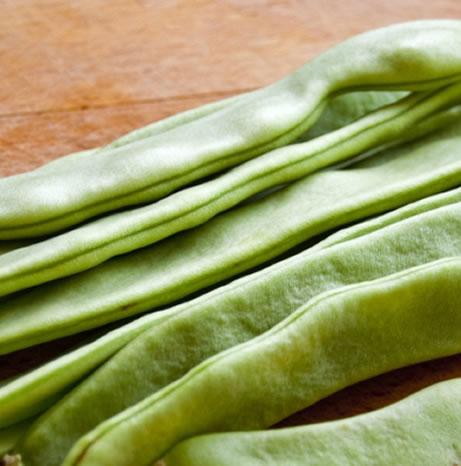
Trompette de la Mort
Trompette de la Mort is French for “Trumpet of death”. This wild mushroom is, in fact, trumpet-shaped – Its cap is thin and gently ruffled, its colour ranges from dark grey to black. The flavour is rich, deep and somewhat nutty.
